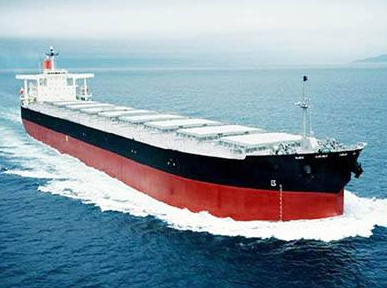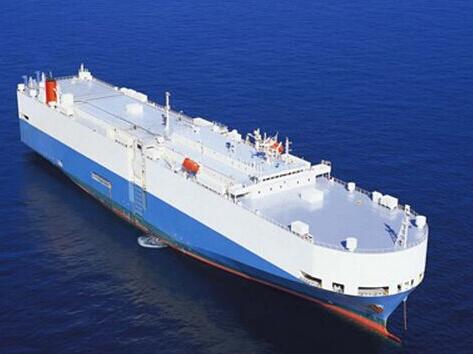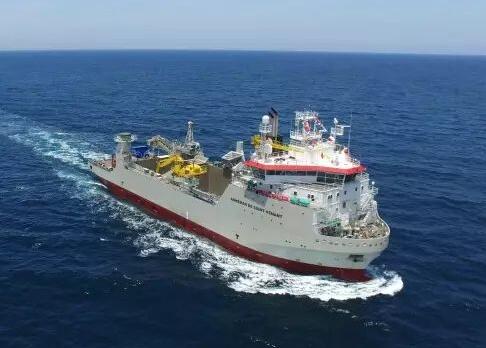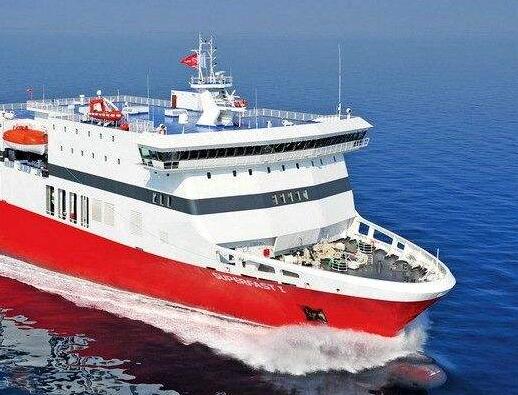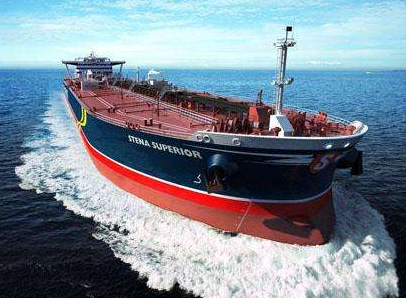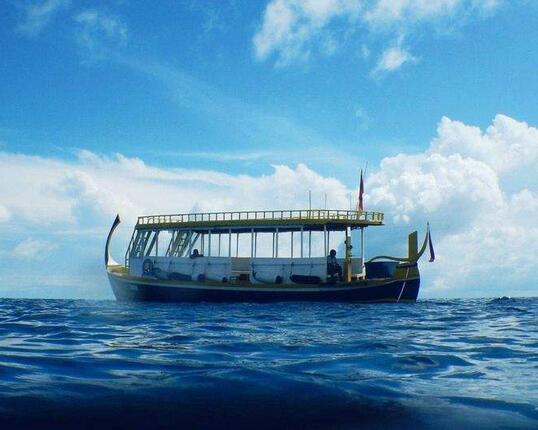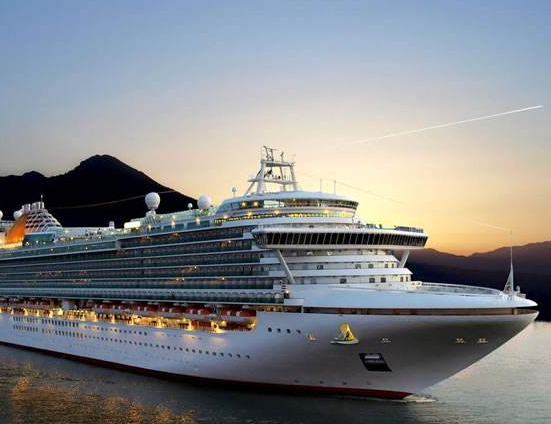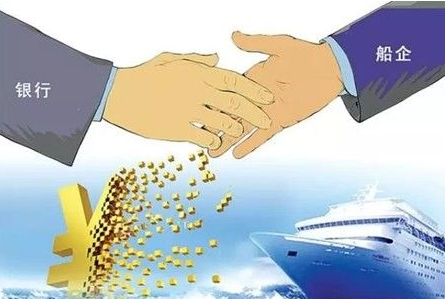
Since the financial crisis, the global fleet has expanded by about two-thirds. Although Greece is still the largest shipowner in the global fleet, since 2015, the number of net purchases of second-hand ships and the number of new ships received by Chinese shipowners has been ranked since 2015. The world's number one, China's two data have also surpassed Greece and Japan, respectively, becoming the fastest growing number of ships in the world.
In a recent report released by Clarkson, according to Clarkson's statistics, the current global fleet size exceeds 1.35 billion GT, of which 57% of the ship's tonnage is controlled by six major shipowners, respectively. , China, Japan, Germany, the United States and Norway. Since the beginning of 2015, the global fleet has expanded by 16%. During this period, a total of about 10,000 new 100+GT ships totaled 292 million GTs for delivery; the other side also had 102 million GT old ships scrapped and dismantled and left the fleet.
At the same time, starting from the beginning of 2015, a total of 221 million GT used boats are on the market, equivalent to 75% of the delivery. This ratio is much higher than 43% between 2010 and 2014, with an average annual second-hand ship trading volume equivalent to 4% of the fleet's tonnage.

Clarkson pointed out that Greece and China are the world's top two shipowners. In the past five years, the share of these two countries has increased significantly, and China has clearly surpassed Japan to become the world's second largest shipowner. The shipowners of both countries are active in the new and second-hand ship market, receiving new delivery ships of 45 million GT and 47.9 million GT respectively, and scrapping 15.7 million GT and 14.8 million GT old ships respectively. Greece and China are also active second-hand ship buyers. However, although Greek shipowners have the largest trading volume in the second-hand ship market, Chinese shipowners rank first in terms of net purchases and have purchased in the past five years. 14.49 million GT used boats, more than 12.6 million GT in Greece.
Unlike Greece and China, Japanese and German ship owners are more inclined to "sell second-hand boats." Since 2015, net sales of used shipowners in Japan have totaled 26.9 million GT, and net sales of used shipowners in Germany have been 22.3 million GT. However, Japanese shipbuilding companies have received more newbuildings in the past few years, totaling 38.4 million GT, with a scrap of only 4.9 million GT; and new shipbuildings received by German shipowners totaling 10.2 million GT. It is expected that Japanese shipowners will also receive a large number of newbuildings in the future, as Japanese shipowners currently account for the largest share of global handheld orders. Due to these trends, the Japanese fleet has grown slightly since 2015, while the German fleet has shrunk by 22%.
At the same time, since 2015, the fleet size of US shipowners and Norwegian shipowners has increased by 7% and 30% respectively. Shipments of the two shipowners in the two countries were relatively consistent, but the Norwegian shipowners acquired more used ships, and the net purchase of second-hand ships reached 1.9 million GT.
















 RCCN WeChat QrCode
RCCN WeChat QrCode Mobile WebSite
Mobile WebSite